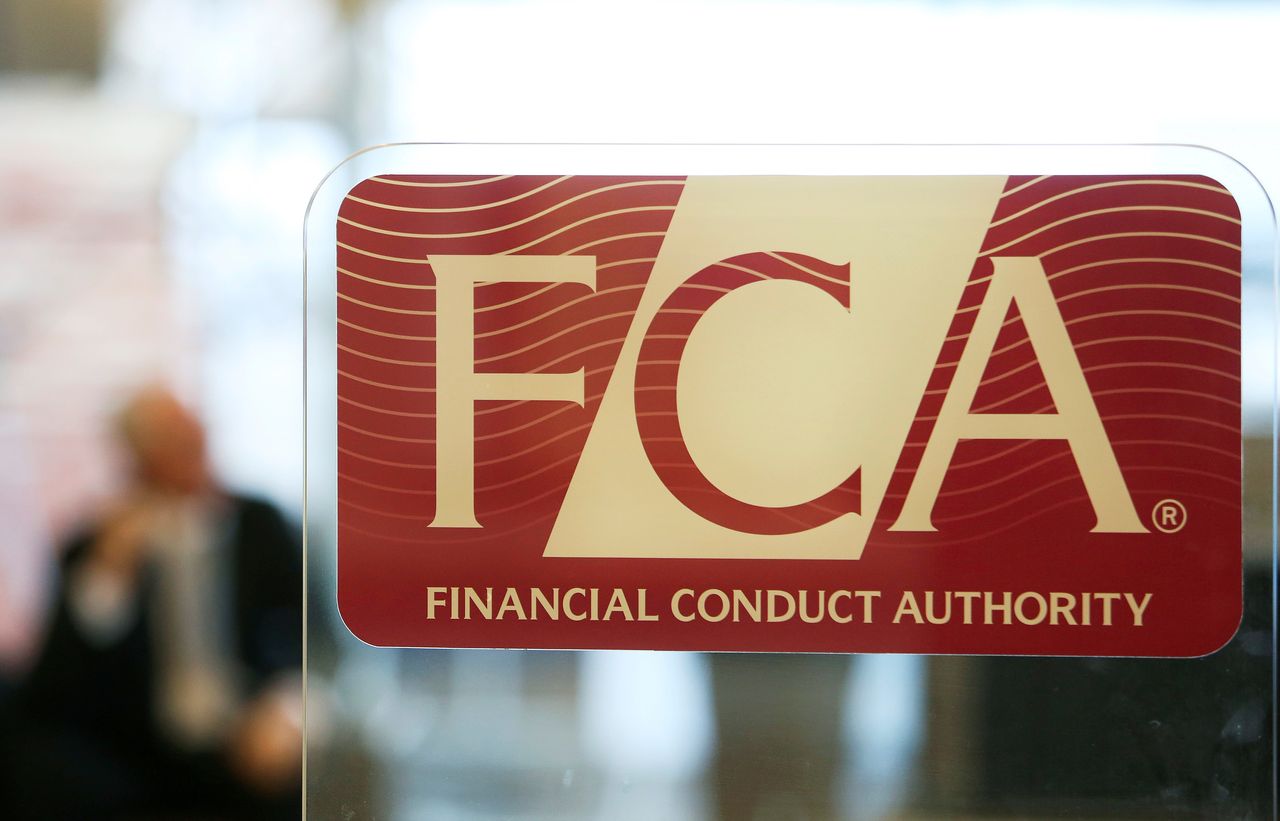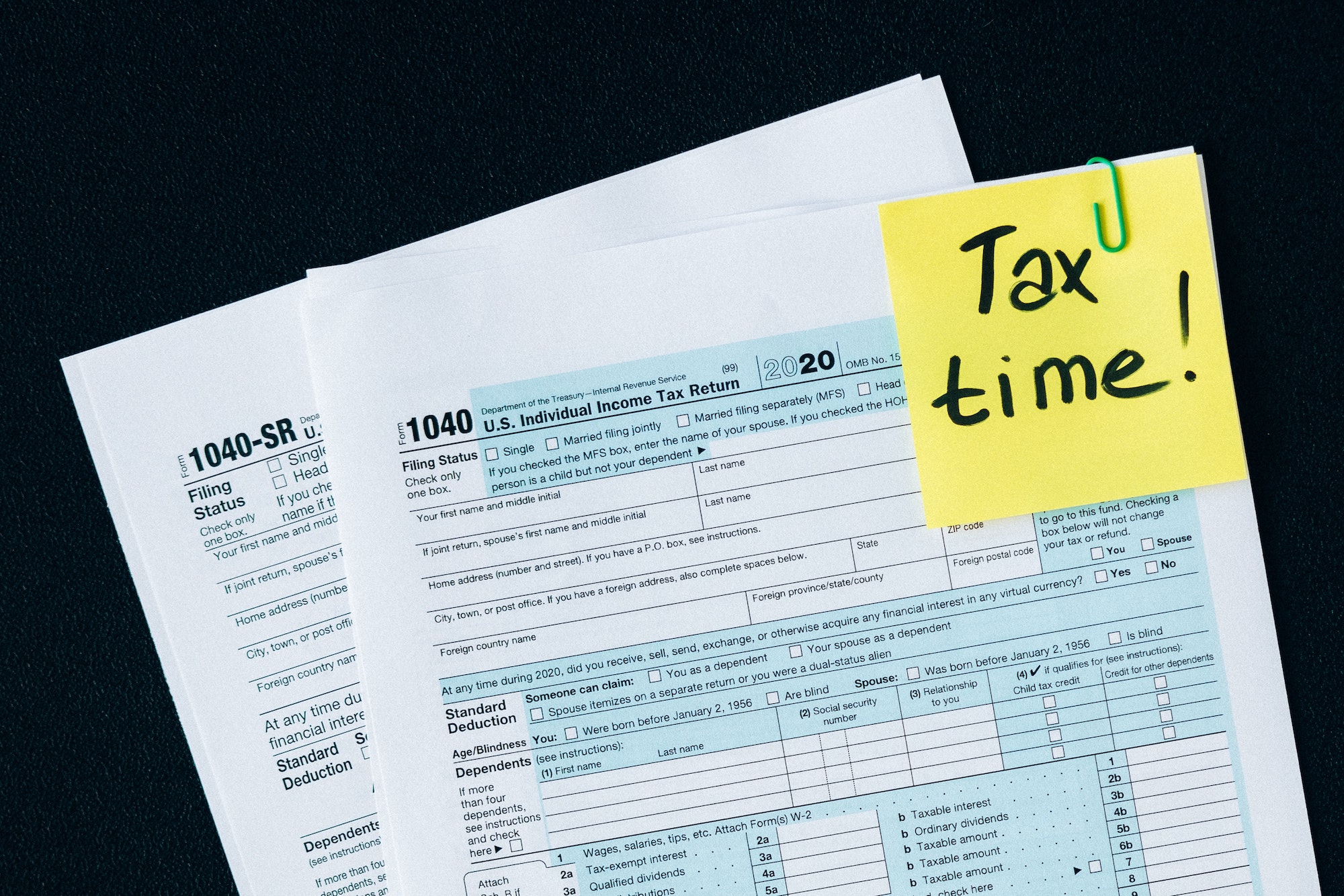This year’s flurry of interest rate increases could lead to some families faced with a large inheritance tax (IHT) bill to reluctantly sell their property, NFU Mutual has warned.
The mutual insurance firm stated that families could be unwilling to take on what would effectively be a “variable rate loan from HMRC” and might feel “forced to sell”.
Families can pay IHT on property in 10 annual instalments rather than all at once, although HMRC has increased the interest rate on these instalments four times already this year.
For IHT to be paid in instalments, the first is due within six months of the end of the month in which death occurs, while the following instalments are due annually on the anniversary of that date. HMRC charges interest on the outstanding IHT balance at the Bank of England’s base rate plus 2.5%. The Bank’s base rate was most recently raised to 1.25%, meaning the rate charged by HMRC on IHT bills climbed to 3.75% on 5 July.
While there is no interest on the first instalment, each annual payment to HRMC would include interest on the outstanding balance.
“The ability to pay IHT on property over 10 years allows bereaved families to hold onto the family home that might otherwise need to be sold,” commented NFU Mutual chartered financial planner, Sean McCann.
“The recent increases in interest rates has seen the cost of this option rise significantly and with further increases in the pipeline, some families will be reluctant to take on what is effectively a variable rate loan from HMRC and will feel forced to sell.
“Over recent years families who have opted to pay by instalments have benefitted from house price growth that has outstripped the rate of interest charged by HMRC. As the cost of HMRC interest payments rises, many of those same families will find the payments unaffordable.”
As an example, if the full nil-rate Band (£325,000) and residence nil-rate band (£175,000) are available – this gives an IHT bill of £200,000 (40% of £500,000). If the first instalment of £20,000 was due in July 2021 – with the base rate at 0.1% – the family would have expected to pay 2.6% each year on the balance. If interest rates remained at this level, the total interest payable over the 10 years would have been £23,400.
If the first instalment was due in July 2022 – with the base rate at 1.25% – they would expect to pay 3.75% each year on the balance. If interest rate rates remain at this level, the total interest payable over the 10 years would be £33,750.
However, were the Bank of England to increase the base rate to 3%, this would mean a HMRC interest rate of 5.5%. If interest rates remained at that level, the total interest payable over the 10 years for a £200,000 IHT bill would rise to £49,500.
“IHT normally needs to be paid within six months and executors can’t get probate and release the estate to the family until the bill is paid,” McCann continued. “They often need to borrow money to pay the bill, which can be expensive, and, in many cases, families feel forced to sell the family home quickly to repay the loan.
“However, there is an alternative. Where IHT is due on the family home it’s possible to pay the bill in 10 equal annual instalments. This allows the family to keep the property and pay the IHT bill over a longer period.
“The interest rate charged on the outstanding balance is the Bank of England’s base rate plus 2.5%. So far this year we have seen four increases in the base rate adding significantly to the costs for families that have chosen this option.”
Latest News
-
Targeted support applications to open from March 2026
-
19 firms join forces to launch new retail investment campaign
-
Four in five bridging professionals confident about 2026 market outlook
-
Söderberg & Partners invests in UK group rockwealth
-
SME lending grows again in Q3 – UK Finance
-
Titan Wealth acquires Morgans Ltd
Perenna and the long-term fixed mortgage market

Content editor, Dan McGrath, spoke to head of product, proposition and distribution at Perenna, John Davison, to explore the long-term fixed mortgage market, the role that Perenna plays in this sector and the impact of the recent Autumn Budget
The role of the bridging market and technology usage in the industry
Content editor, Dan McGrath, sat down with chief operating officer at Black & White Bridging, Damien Druce, and head of development finance at Empire Global Finance, Pete Williams, to explore the role of the bridging sector, the role of AI across the industry and how the property market has fared in the Labour Government’s first year in office.
NEW BUILD IN FOCUS - NEW EPISODE OF THE MORTGAGE INSIDER PODCAST, OUT NOW

Figures from the National House-Building Council saw Q1 2025 register a 36% increase in new homes built across the UK compared with the same period last year, representing a striking development for the first-time buyer market. But with the higher cost of building, ongoing planning challenges and new and changing regulations, how sustainable is this growth? And what does it mean for brokers?
Does the North-South divide still exist in the UK housing market?

What do the most expensive parts of the country reveal about shifting demand? And why is the Manchester housing market now outperforming many southern counterparts?
In this episode of the Barclays Mortgage Insider Podcast, host Phil Spencer is joined by Lucian Cook, Head of Research at Savills, and Ross Jones, founder of Home Financial and Evolve Commercial Finance, to explore how regional trends are redefining the UK housing, mortgage and buy-to-let markets.
In this episode of the Barclays Mortgage Insider Podcast, host Phil Spencer is joined by Lucian Cook, Head of Research at Savills, and Ross Jones, founder of Home Financial and Evolve Commercial Finance, to explore how regional trends are redefining the UK housing, mortgage and buy-to-let markets.
© 2019 Perspective Publishing Privacy & Cookies











Recent Stories